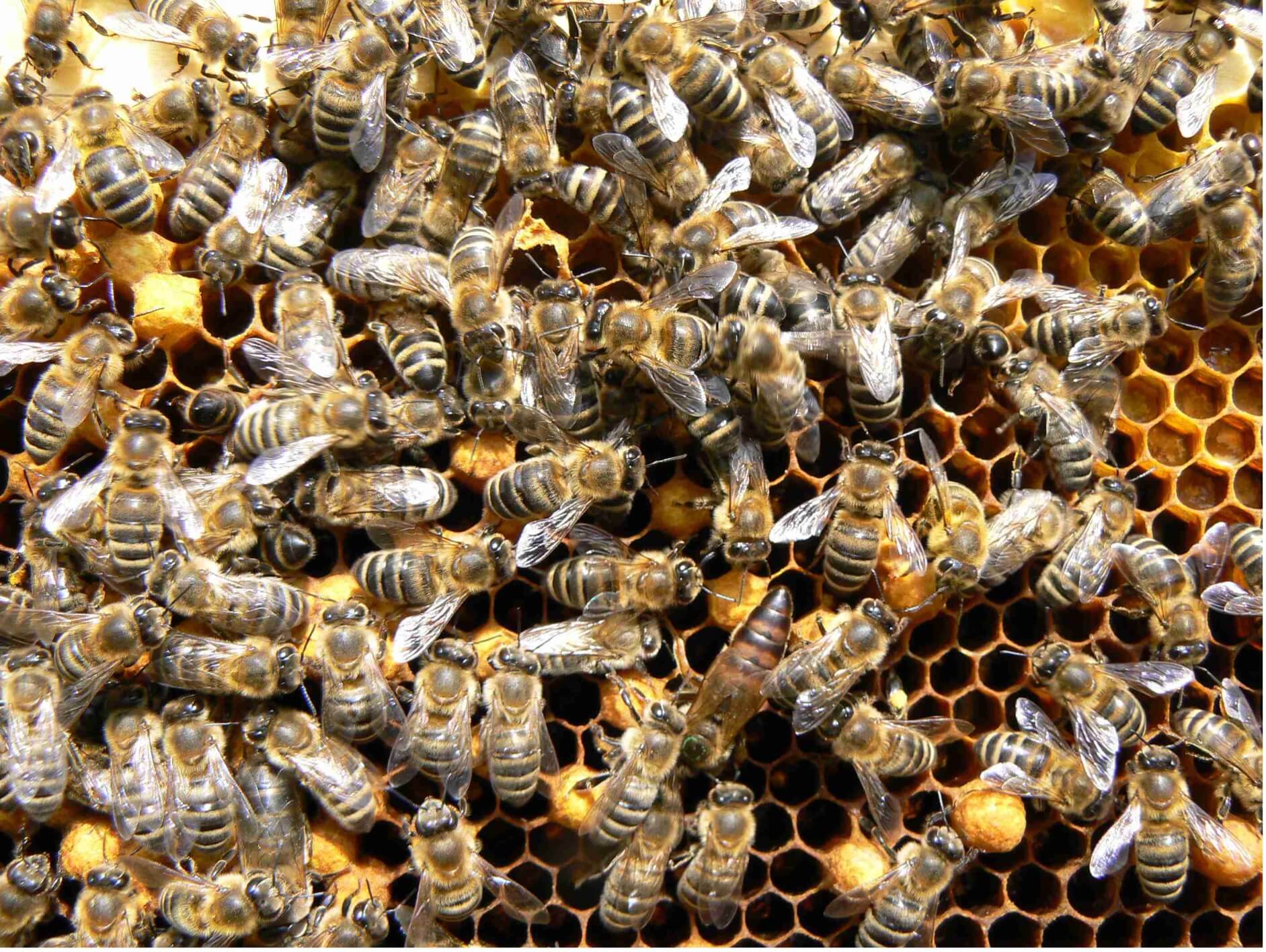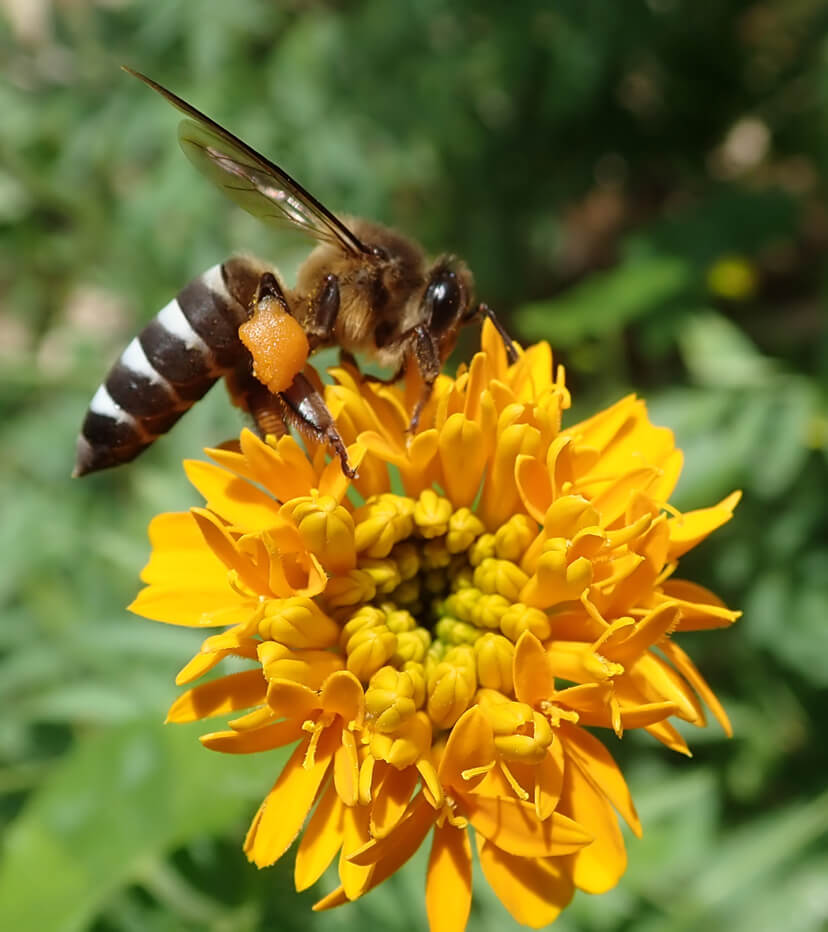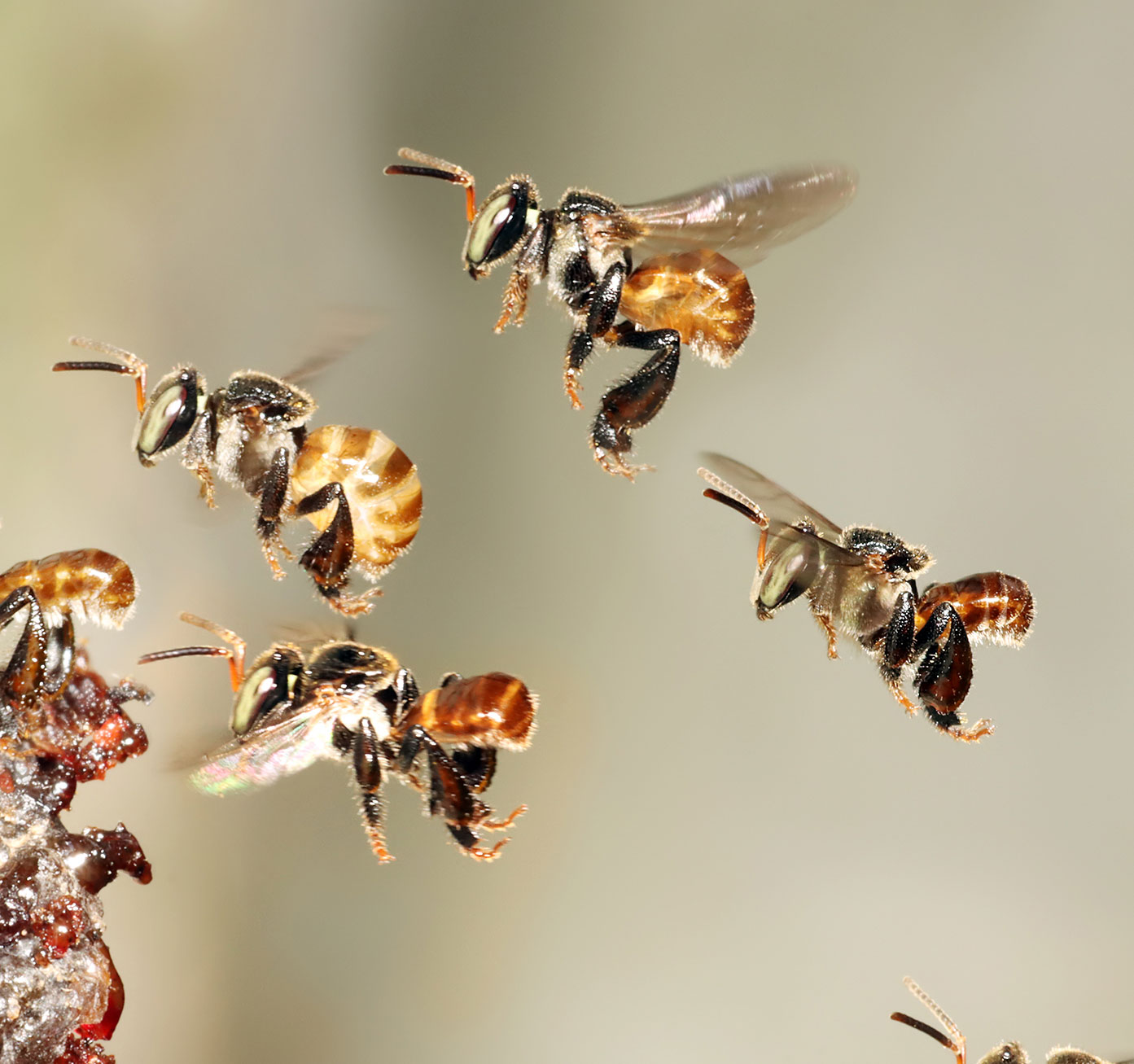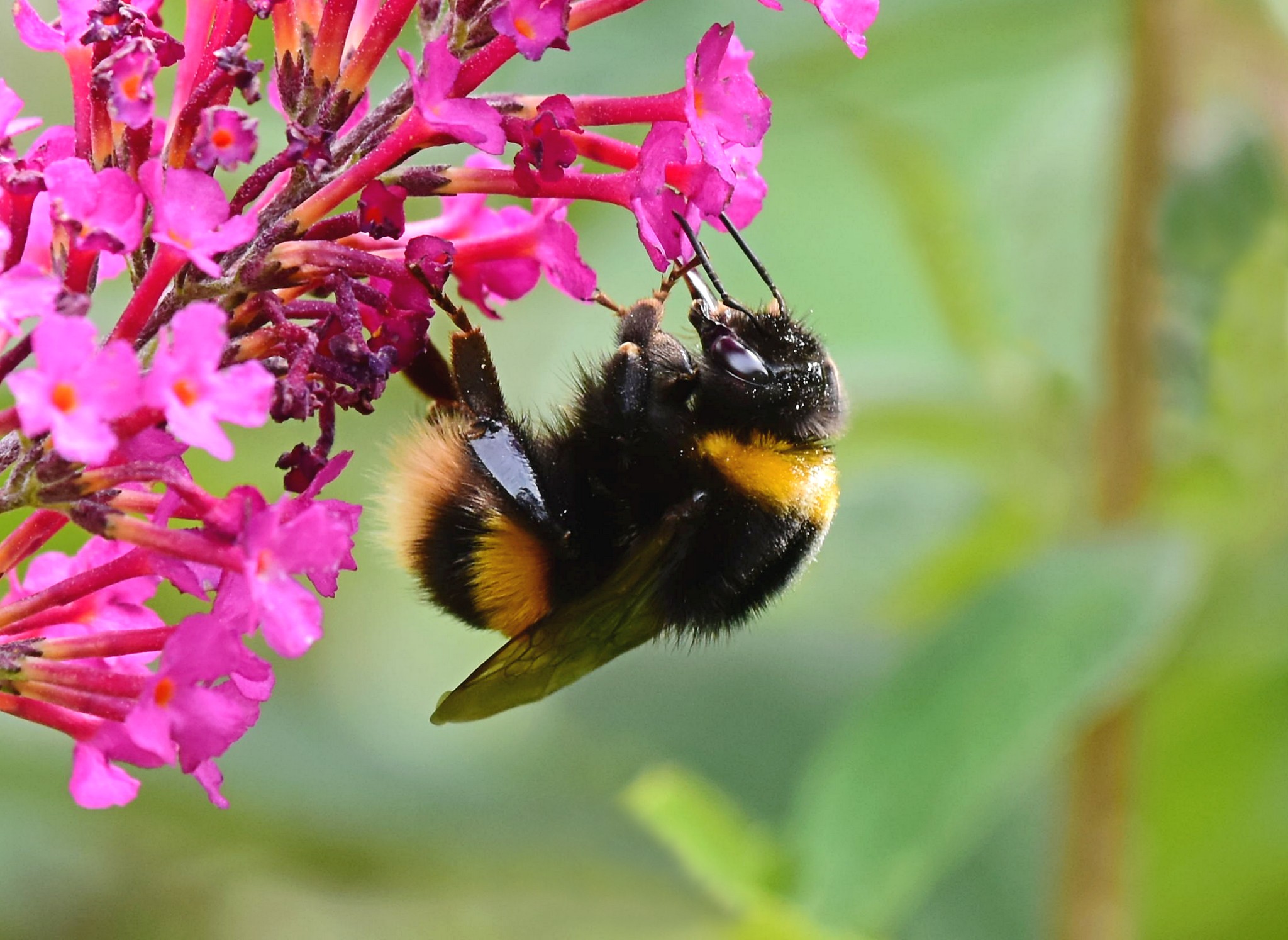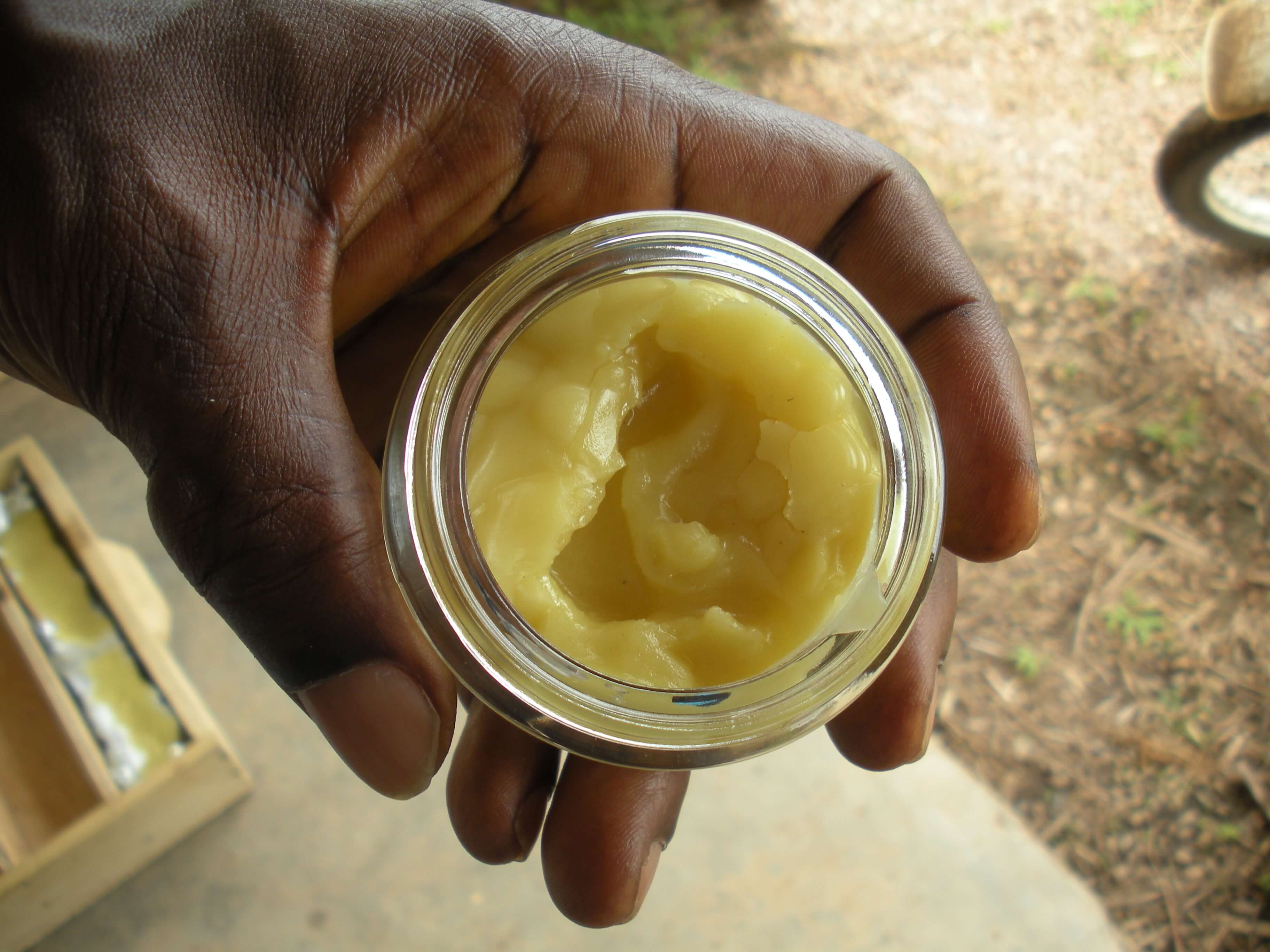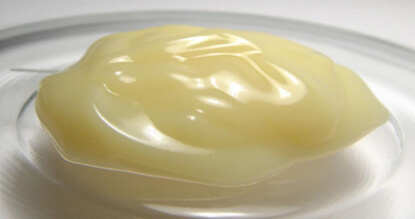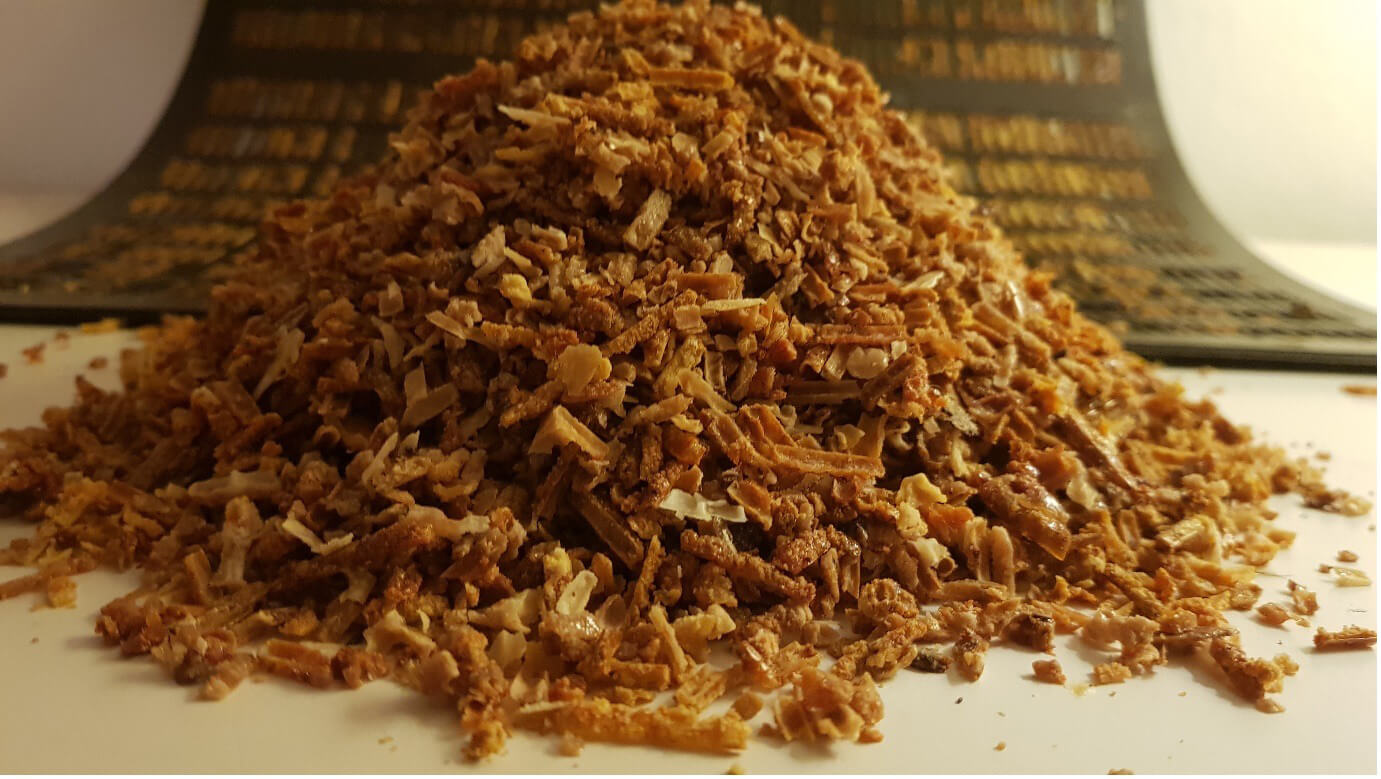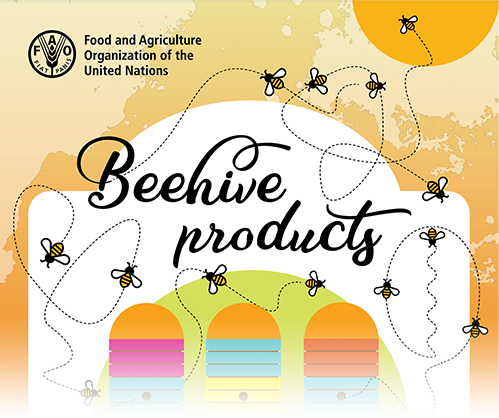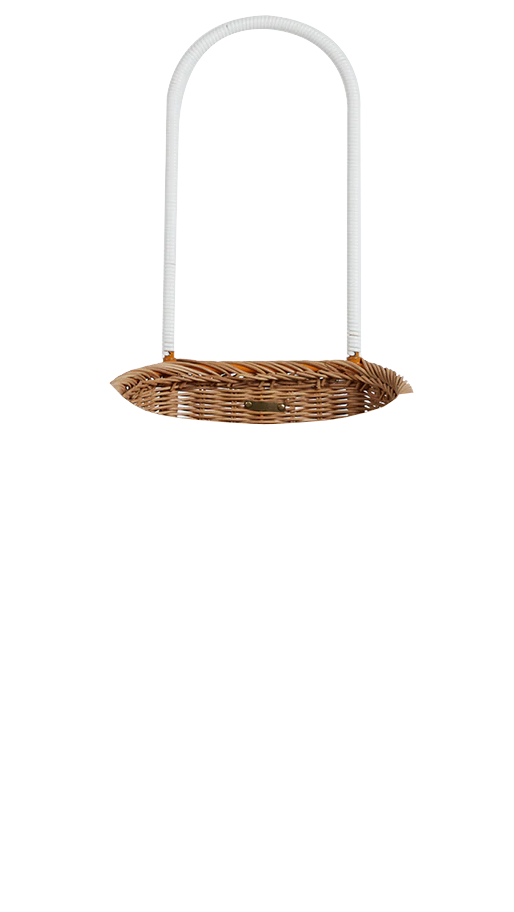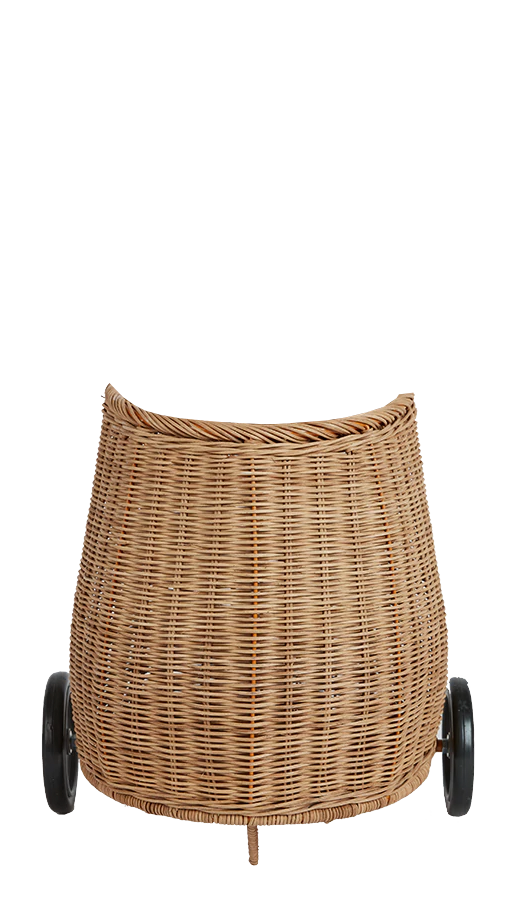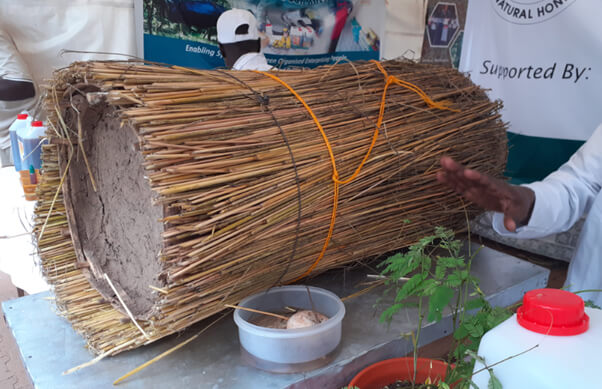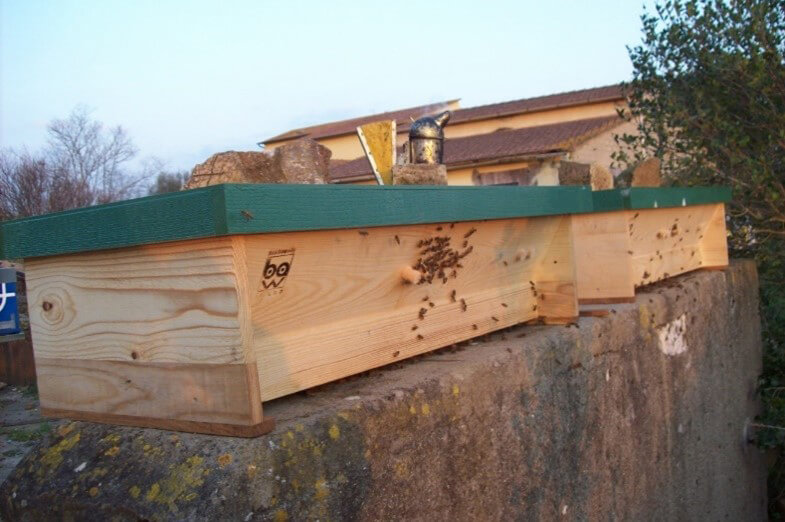Here’s to the beekeepers
As we have seen, bees enrich our lives. But beekeepers also deserve a round of applause.
Beekeeping is a worldwide activity and hundreds of thousands of small-scale beekeepers depend on bees for
their livelihoods. It also represents a viable means to improve the resilience and livelihoods of rural
and indigenous communities.
Because beekeeping can be done with locally available material and limited resources, it offers decent
working opportunities and income generation to people in extreme poverty, women, young people and even
persons with disabilities.
While the diversity of bees is amazing, so is the variety of systems and innovations developed to keep
them, including beehives ranging from various local-style to complex contemporary hives.
Local-style hives
Local-style hives are made with locally available materials, which usually means they are affordable
to make. Many types have been developed in the different regions of the world. They can be highly
profitable, are ecologically viable, and can form the basis for large, healthy and genetically
strong bee populations.
Movable frame hives
Movable frame hives can be opened, allowing beekeepers to see what is happening inside and therefore,
letting beekeepers intervene in the hive and conduct activities like treatments of diseases without
destroying the honeycombs. However, these types of hives require more money and other resources
compared to local-style hives.
Photo: ©Paolo Fontana
Contemporary hives
Several new hives have been designed in recent decades. Some of these hives are inspired by a desire
for greater harmony with nature, while others are based on innovative technologies. One example of a
natural beehive is the rotating hive. Such hives are often complex and expensive, and not always
based on scientific evidence.
You can find out more about the variety of beekeeping systems and technologies at FAO’s Technologies and Practices for Small
Agricultural Producers website.
